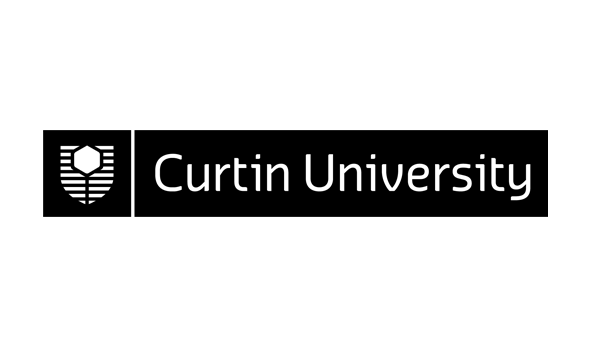Syllabus: |
Mycology, classification and characteristics of fungi equal - basidiomycetes, ascomycetes, phycomycetes, deuteromycetes, lichens and mycorrhizae. Morphology, life cycle, ecological and economic importance. Algology - classification of algae. Criteria forclassification - photosynthetic pigments, food reserves, nature of cell wall components, the types of flagella, cytology. Morphology and life cycle - unicellular organisation, protococcoidal, flagellate unicells, colonial organisation, flagellate colonies, non-flagellate coenobia, filamentous organisation, siphonaceous and parenchymatous organisation. Vegetative, asexual, sexual reproduction. Life cycles. Cyanobacteria, Dinophyta - cell structure, vegetative structure, cell division, ecological importance. Indicators of water quality. Bacillariophyta, Euglenophyta - cell structure, cell division, ecological importance. Chlorophyta, Charophyta - vegetative structure, reproduction and life cycle. Phaeophyta - vegetative structure, life cycle, economic importance. Rhodophyta - vegetative structure, life cycle, economic importance. |

